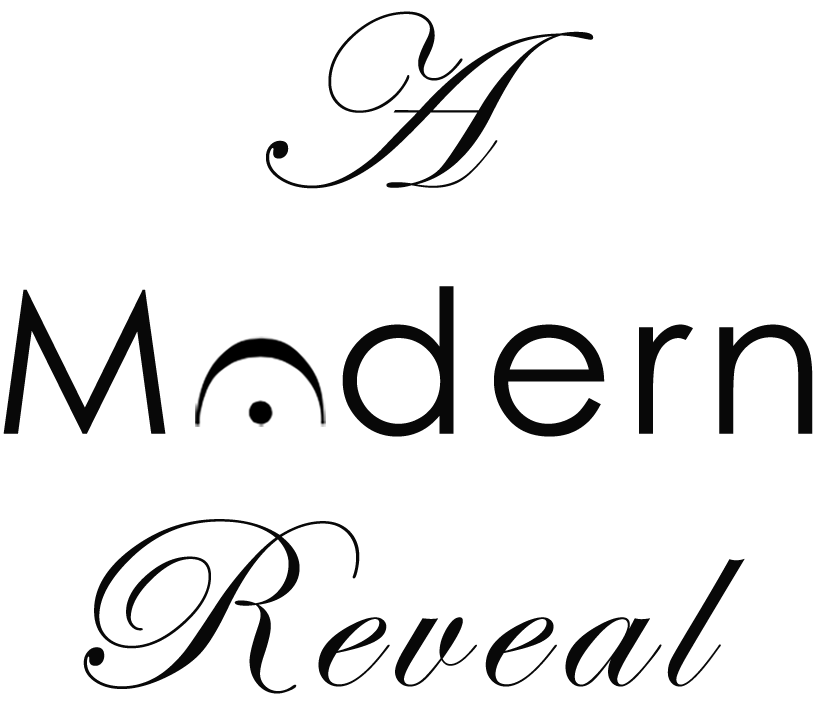Maria Anna von Raschenau
fl. 18th Century
BIOGRAPHY MUSIC SOURCES
Maria Anna von Raschenau was born in Vienna and later established her career there. Her father was employed by the imperial court, which gave her access to a well rounded education where her talents in singing and composition came to light. She also mastered seven different instruments: the lute, guitar, violin, viol, harpsichord, organ and flute.
Raschenau was encouraged to continue her education with a stipend and served the Holy Roman Emperor Leopold and his wife, Margarita Teresa of Spain, beginning in 1669. Shortly after, she entered the convent at St. Jakob auf der Hülben in Vienna where music was an important part of daily life. For special sacred services when the Emperor might visit the convent, Raschenau wrote oratorios and large scale works performed by the skilled nuns. Most of her music has been lost.
With the advent of a simpler music style dictated by the emperor, Raschenau wrote an oratorio in 2 acts consisting of da capo arias and recitatives entitled Le sacre visioni di Santa Teresa, as well as a secular stage work for the Imperial Court in Vienna. In 1710, Raschenau became the choir director at the convent, which allowed her to continue her musical work.

